The smart home alliance: how Amazon, Apple and Google are teaming up
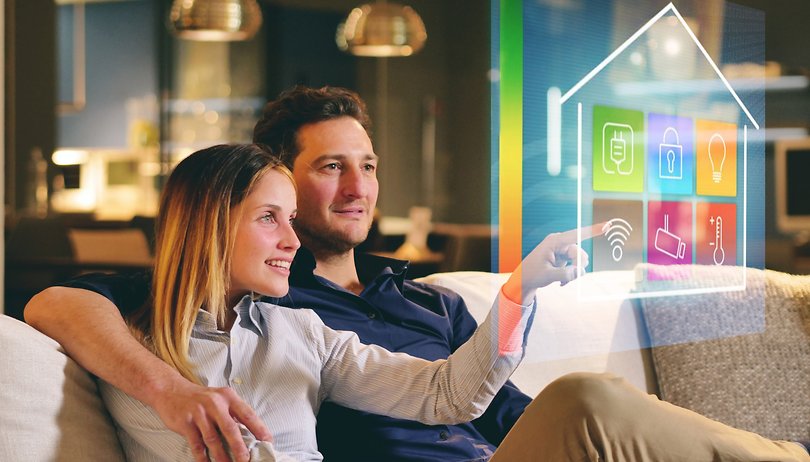

Anyone who wants to make their home smart faces a number of challenges. Which system fits with which other systems? Which smartphone, speaker or TV can I use with the system? Wich ecosystem do I buy into? However, such questions should soon come to an end. Because the largest providers want to make it uniform.
Two pieces of good news for fans of smart home solutions at once: some of the world's largest tech companies want to create a simple system for a uniform standard. To this end, Silicon Labs and the Z-Wave Alliance want to make the smart home standard Z-Wave more open.
Google, Amazon, and Apple: the conglomerate is powerful
When it comes to end-user technology, few of us can look past Google, Amazon, or Apple. These three and the Zigbee Alliance want to create a single standard for communication in the smart home on an IP basis. This should make it easier for developers to bring new products to the market. Above all, however, the communication between the products is to be simplified in such a way that virtually everything can be connected with everything else, i.e. across manufacturers and systems.
The merger of the three tech giants with the smart home alliance is called "Project Connected Home over IP". According to the information published, the aim of the project is to make it easier for device manufacturers to build devices compatible with smart home and voice services. Examples such as Amazon Alexa, Apple Siri, Google Assistant and "others" have been mentioned.
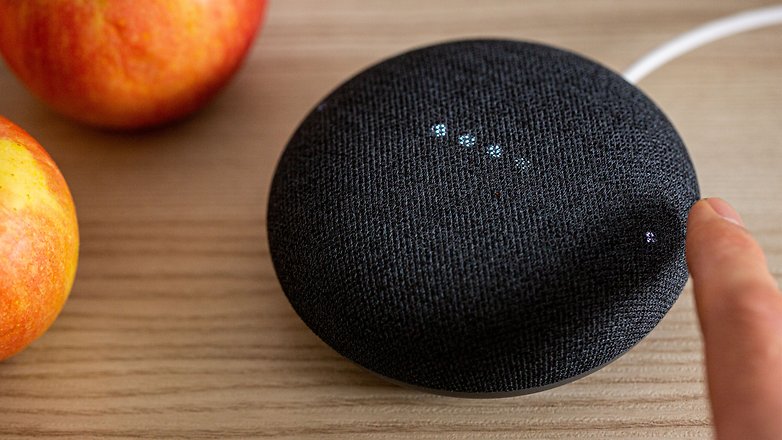
Not only Amazon, Google, and Apple
That it doesn't only affect the three big companies when you look at which manufacturers are hidden in the Zigbee Alliance. Among them are IKEA, Samsung's SmartThings, Schneider Electric, and Silicon Labs as well as Somfy. This also means that a small amount of know-how from the smart home providers has been brought together in the new project.
The goal is far-reaching. The planned protocol will complement existing technologies. The members of the working group encourage equipment manufacturers to continue to develop innovations with the technologies available today. The basis of the project is the Internet Protocol, IP.
Communication is to run via Wi-Fi up to WiFi 6 (802.11/a/b/g/n/ac/ax) and Bluetooth 5.0. But that is not all. The individual components in your smart home should also connect via the classic LAN cables, i.e. an ethernet connection, and a mobile phone network.
What good does all this do you? The Alliance says if the workgroup achieves its goal, customers can be confident that the device of their choice will work in their home and that they can set it up and control it with their preferred system. So, utopia has it that you can buy equipment as you like and everything works to the standard you like best.
Old devices cannot be converted
What will probably not work, however, is to convert existing products to the new standard. At least this can be deduced from a statement that explains that it wants to concentrate on new products. The reason is not explained and is probably more to be found in the marketing offices than in the development departments.
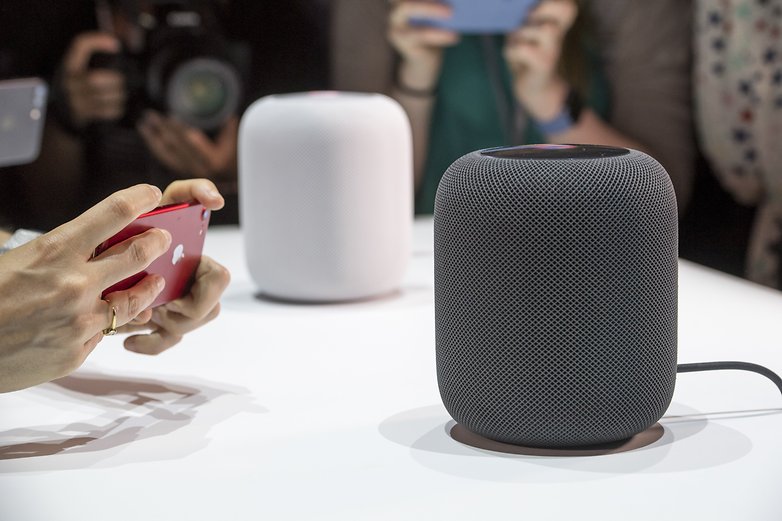
The first products will probably come from the three major suppliers and include devices that have proven themselves and only need to be adapted. For developers of new devices, the specifications of the new communication protocol should be available by the end of 2020. Then other suppliers can also get started with new products.
Apart from the improved connectivity between individual products, no changes should be noticeable for the customer. The individual platforms are further controlled via the individual interfaces of the individual providers. A uniform app, voice input, desktop control or a uniform smart home hub should therefore not exist.
Z-Wave also becomes more open
The Z-Wave conglomerate has announced that it will also open the specifications of its protocol by the third quarter of 2020. This makes the standard for home automation also more open and can be used open source. "The Z-Wave Alliance will help solve the interoperability issues that are hindering the adoption of smart home devices," said Mitch Klein, CEO of the Z-Wave Alliance. "Members will work together to create a single sub-GHZ connectivity solution that provides the forward and backward compatibility, interoperability, security and robustness required for IoT growth.
An opportunity for smart home and a risk for security
Two things have so far held back the development of smart home solutions: a strong dose of skepticism about data security and the incompatibility of different systems and products. The second one may be changing now. And that is really very good news. Because especially when the three big providers Apple, Google, and Amazon work together with the many equally big members of the ZigBee Aliance - such as Samsung and IKEA - then something really good can be created.
More connectivity...
With this view, I will take a closer look at the market. So far I have shied away from an intelligent home. I have installed a Bosch security system as a trial, but apart from monitoring my pad, it doesn't do much and therefore the fun factor is somewhat limited. For a security solution with cameras and motion detectors, an isolated solution was , and still is, preferable. Bosch has shielded its system when necessary. But it can also be connected to Alexa, which is unlikely to increase data security. But back to the real issue.
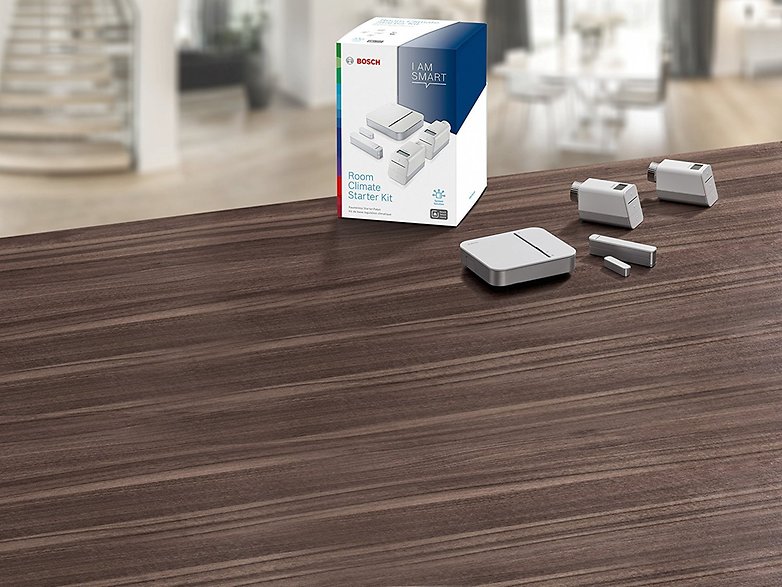
The combination of different products from different manufacturers, but with a common standard that you don't even see or feel in the operation, could lead to a real boom in the smart home market. Not right away and probably not as early as 2020, but as soon as such a system has established itself in the minds of users and fears have been dispelled, I believe the smart home will spread rapidly.
... with greater risk?
But one thing is also clear: if there is soon a standard set by Google, Apple, Amazon, and Samsung, small providers who do not rely on this standard will probably disappear from the market. This carries a risk: isolated solutions can make sense. Especially when it comes to delicate applications. And when these no longer exist, one will have to rely on a fairly open standard of the monopolist. And the 2019 data scandals surrounding the audio transcriptions of Apple, Google, Facebook, Amazon, and Microsoft already showed how user data is handled in U.S. companies.
This may be uncomfortable in a marital dispute, but when monitoring people or children in need of care, for example, and the intimate data associated with this, such as illnesses, one has to consider whether one would rather give up the luxury of a smart home.
What do you think of the development? Are you celebrating better connectivity between components or are you worried about your data? Let us know!
Source: connectedhomeip, zwavealliance








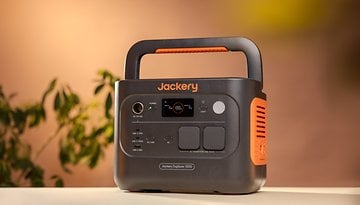

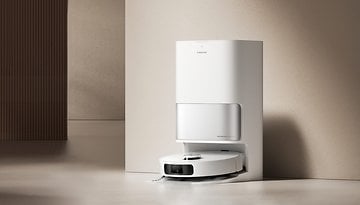








Hello Michael! It was having a great time browsing your amazing post which is about the smart home alliance. Thanks for sharing this knowledge with us, and we hope you will make more blogs like this for the public interest. Well done and waiting for more like this. I have seen similar information at one place, you can also see on Stsolutions.nz.
-
Admin
Jan 14, 2020 Link to commentIf you think of all the possible implications and developments this is really,really scary
No thanks I do not want all those spy devices in my house. A dumb house is a safe and private house.